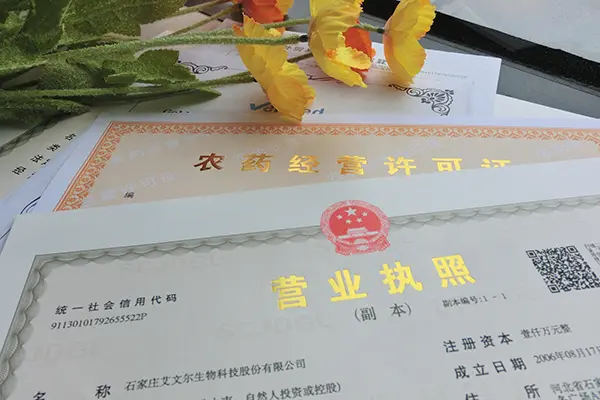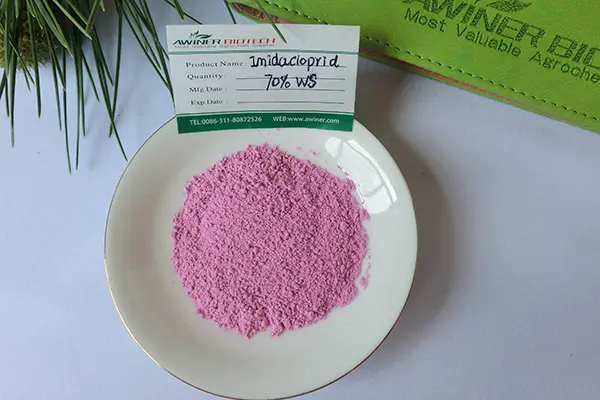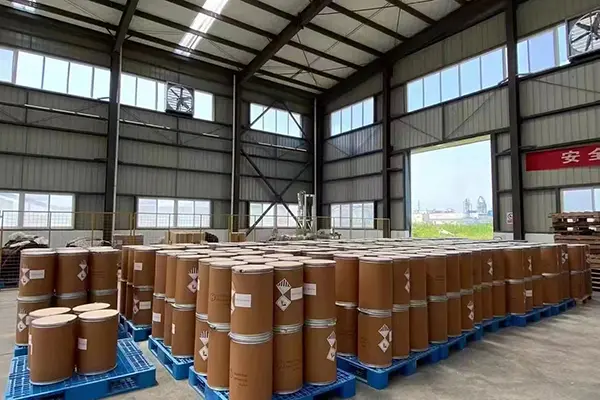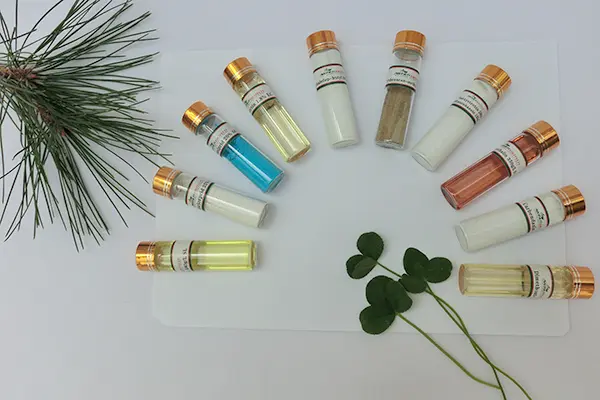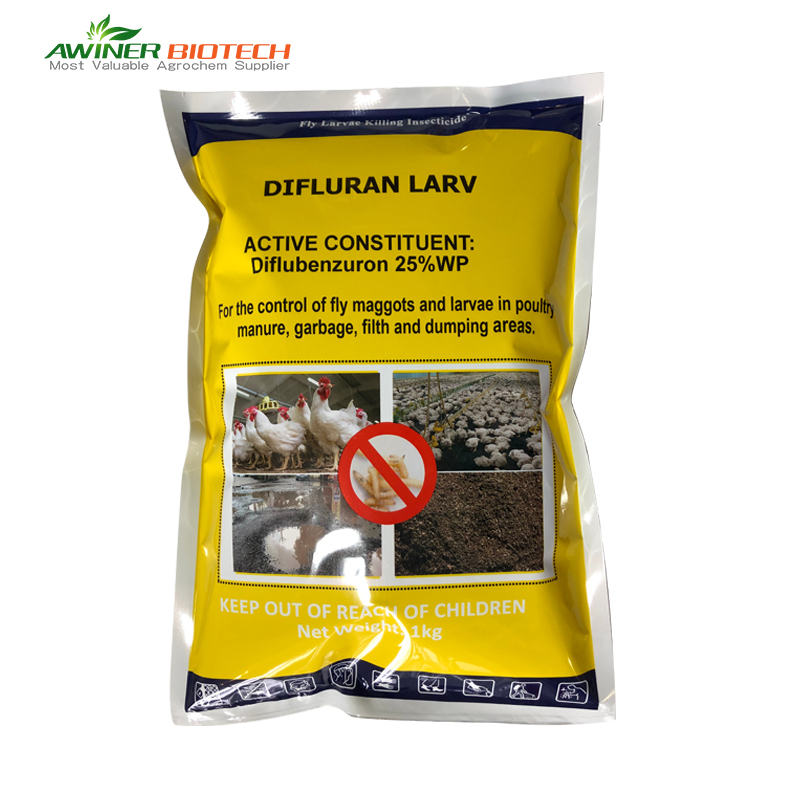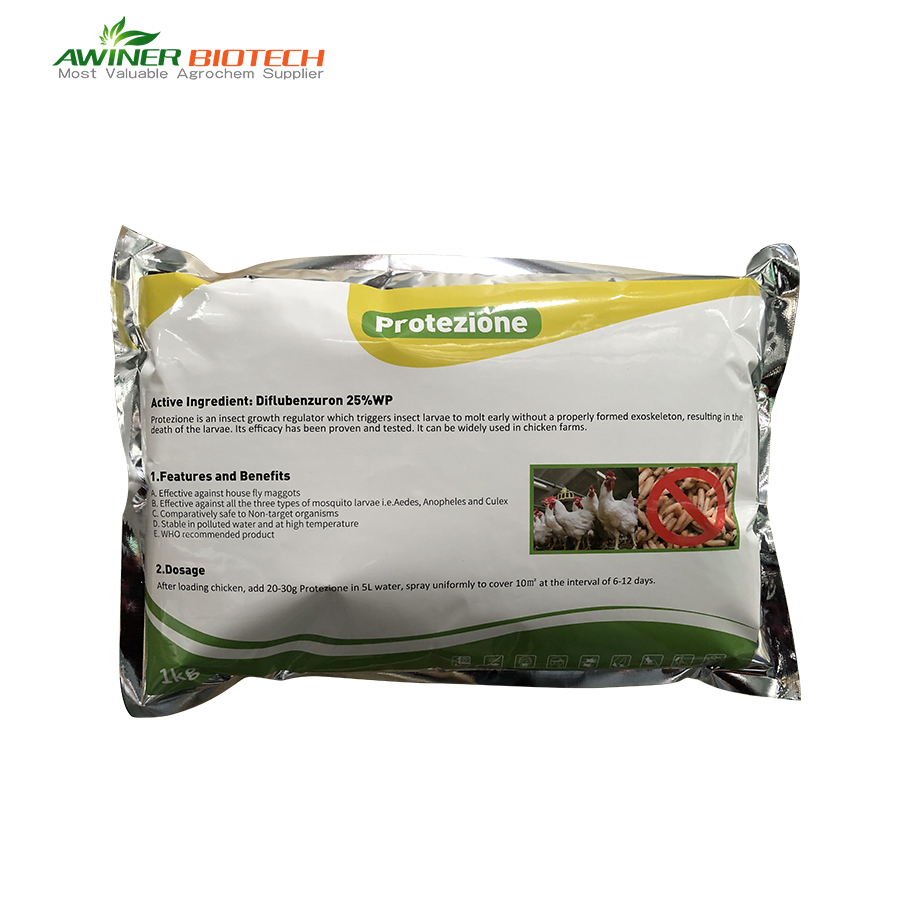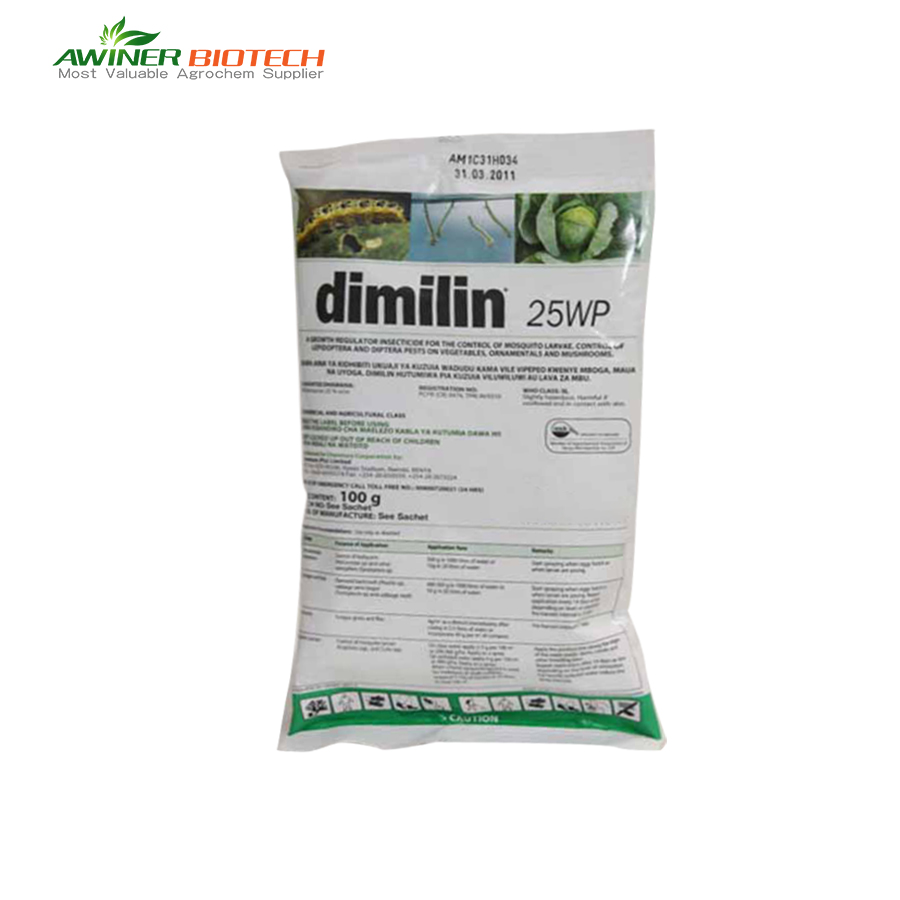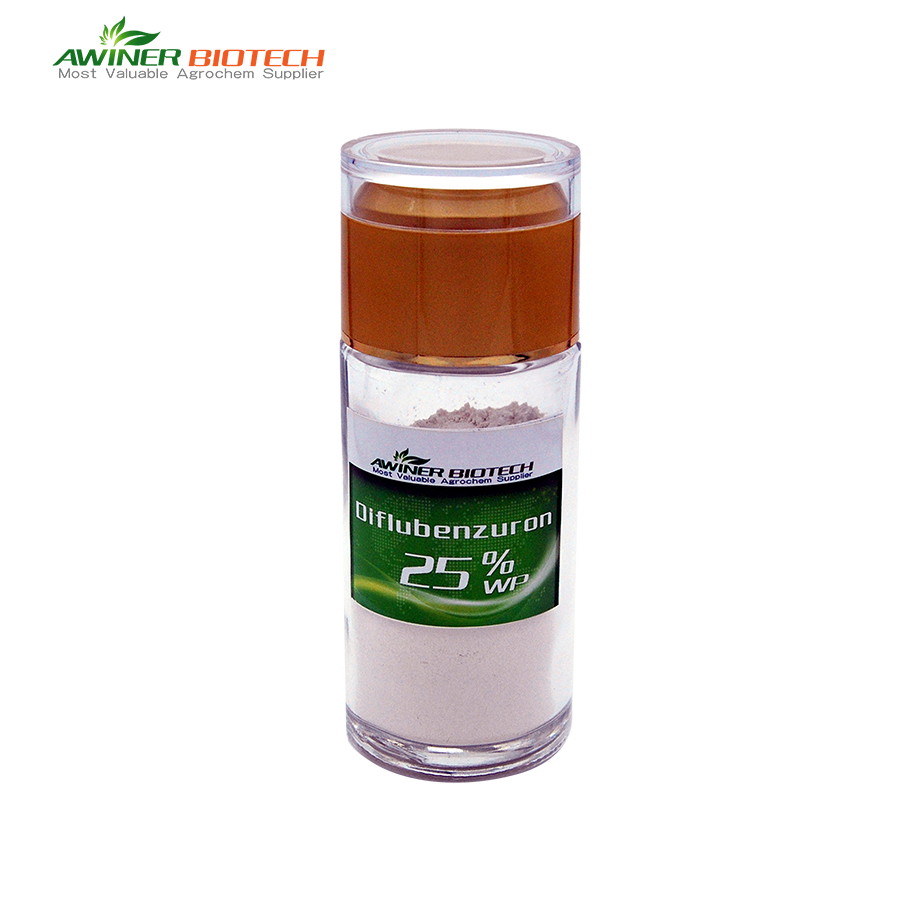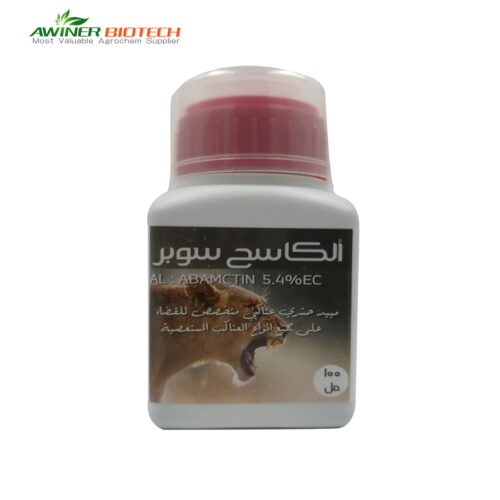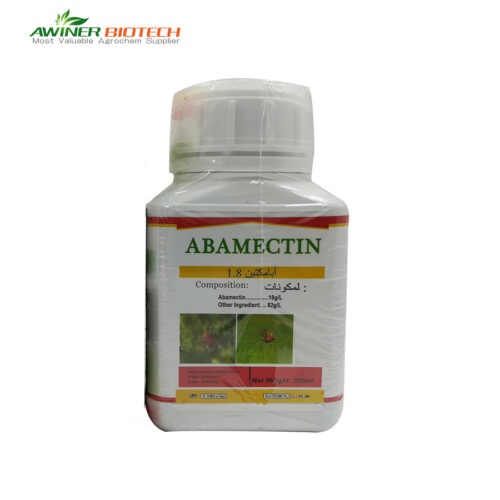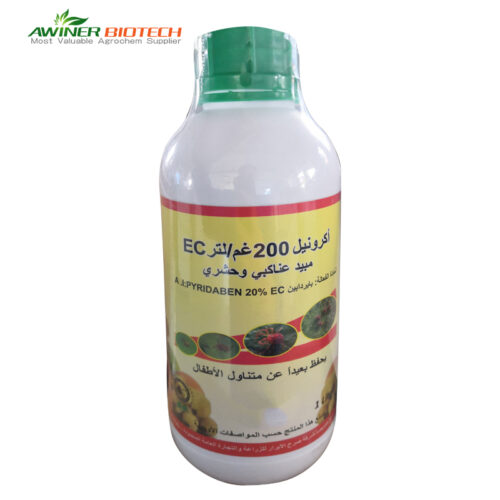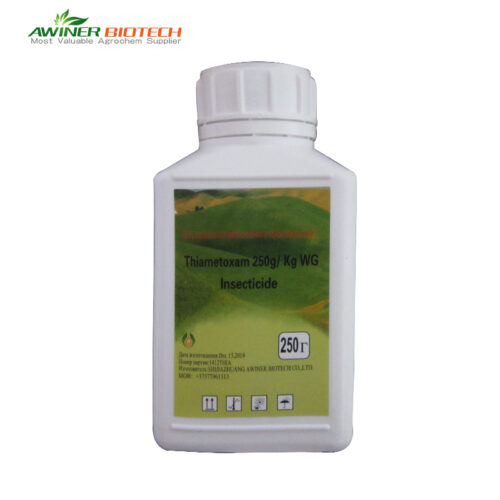Diflubenzuron |
|
| Dosage form | 25% WP;5% EC;20% SC |
| Packing | Liquid:50ml、100ml、250ml、500ml、1L、5L、10L、20L Solid:10g、50g、100g、250g、500g、1kg、5kg、10kg、25kg |
| Formulation+Label | Customized |
| Sample | Yes |
| Crop-Pest | 1. Rice – Rice Planthopper 2. Citrus Tree – Scale Insects |
| Certification | SGS、 ISO 、BV |
| Delivery time | 20-30 days |
| Mixture products |
Spirotetramat+Diflubenzuron
Pymetrozine+Diflubenzuron Imidacloprid+Diflubenzuron Nitenpyram+Diflubenzuron Abamectin-aminomethyl+Diflubenzuron |
| Payment terms |  |
In the world of pest control, finding the perfect balance between effectiveness and safety is crucial. The insecticide known as diflubenzuron manages to achieve just that. Belonging to the benzoyl group, diflubenzuron is a specific low-toxicity insecticide that has garnered attention for its unique characteristics and impressive results.
Diflubenzuron: A Low-Toxicity Insecticide with Powerful Effects on Pests
In the world of pest control, finding the perfect balance between effectiveness and safety is crucial. The insecticide known as it manages to achieve just that. Belonging to the benzoyl group, diflubenzuron is a specific low-toxicity insecticide that has garnered attention for its unique characteristics and impressive results.
One of the key advantages of diflubenzuron is its stomach poisoning and contact killing effects on pests. Once ingested or in contact with the insect, it inhibits the synthesis of chitin, an essential component of an insect’s exoskeleton. This disruption creates a domino effect, preventing larvae from forming a new epidermis when they molt. As a result, the insects’ bodies become deformed and eventually die. However, it is important to note that the effects of the medication are not instantaneous and can take some time to fully manifest.
It has proved to be particularly effective against Lepidoptera pests, a group that includes destructive insects such as caterpillars and butterflies. These pests can wreak havoc on crops, making diflubenzuron an invaluable tool in protecting agricultural yields.
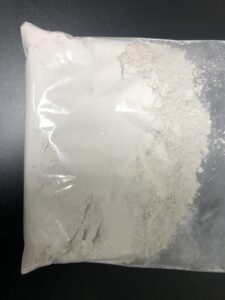 |
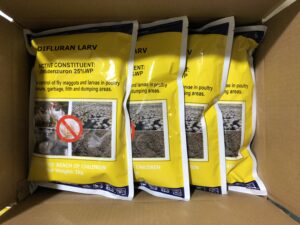 |
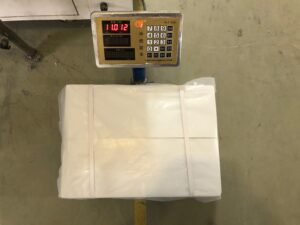 |
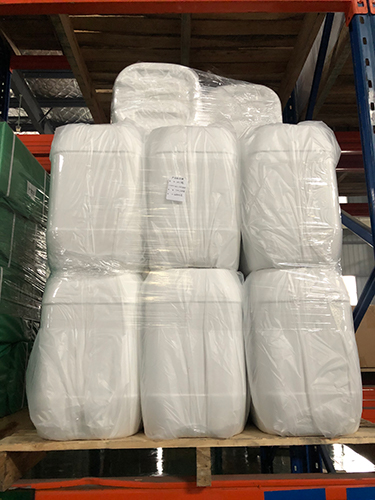 |
The most prominent features
One of the most outstanding features of diflubenzuron is its benign impact on the environment. Unlike many other insecticides, diflubenzuron does not pose a threat to fish, bees, and natural enemies. This makes it an environmentally friendly option for pest control, as it can effectively eliminate harmful insects without harming beneficial organisms, ensuring a well-balanced ecosystem.
Nevertheless, it is essential to understand the optimal conditions for diflubenzuron application. The drug works best when the pests are young, as newer generations have less developed epidermis, making them more susceptible to the effects of diflubenzuron. Applying the insecticide when pests are old and in large numbers may not yield satisfactory results. Timing is crucial to maximize the effectiveness of diflubenzuron and minimize its potential downsides.
In conclusion, diflubenzuron is a remarkable low-toxicity insecticide with a range of advantages. Its stomach poisoning and contact killing effects, along with its ability to inhibit insect chitin synthesis, make it a powerful tool against pests. Moreover, its impact on non-target organisms is minimal, ensuring a safe and sustainable approach to pest control. By understanding the best conditions for application, it can be used effectively to protect crops and maintain the delicate balance of our ecosystems.
<About Awiner Biotech>
